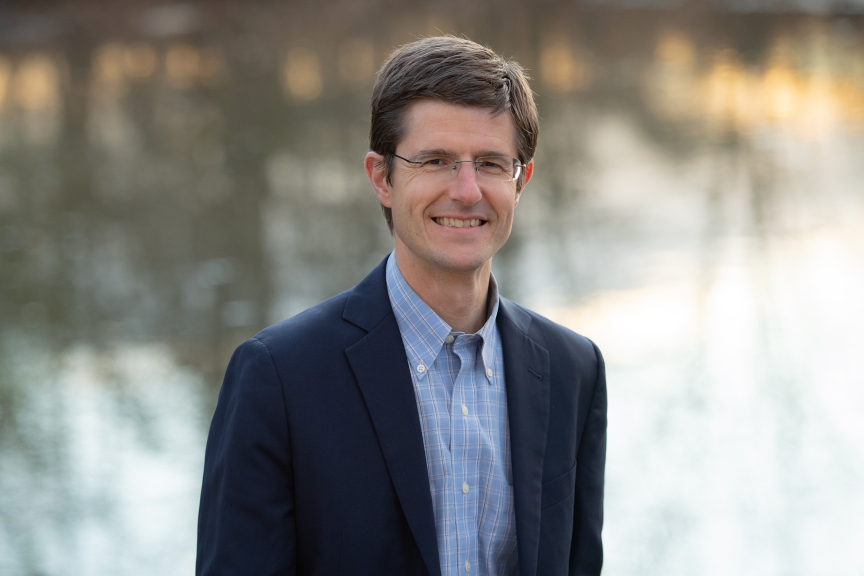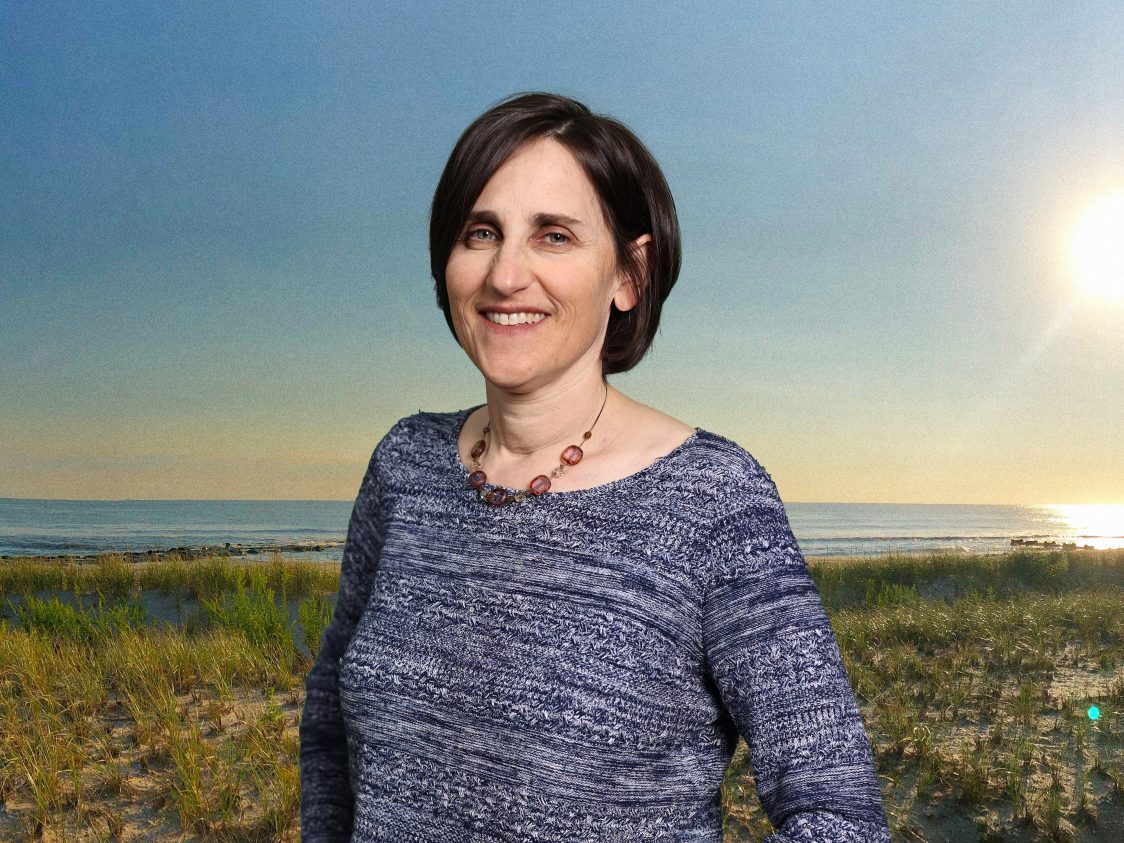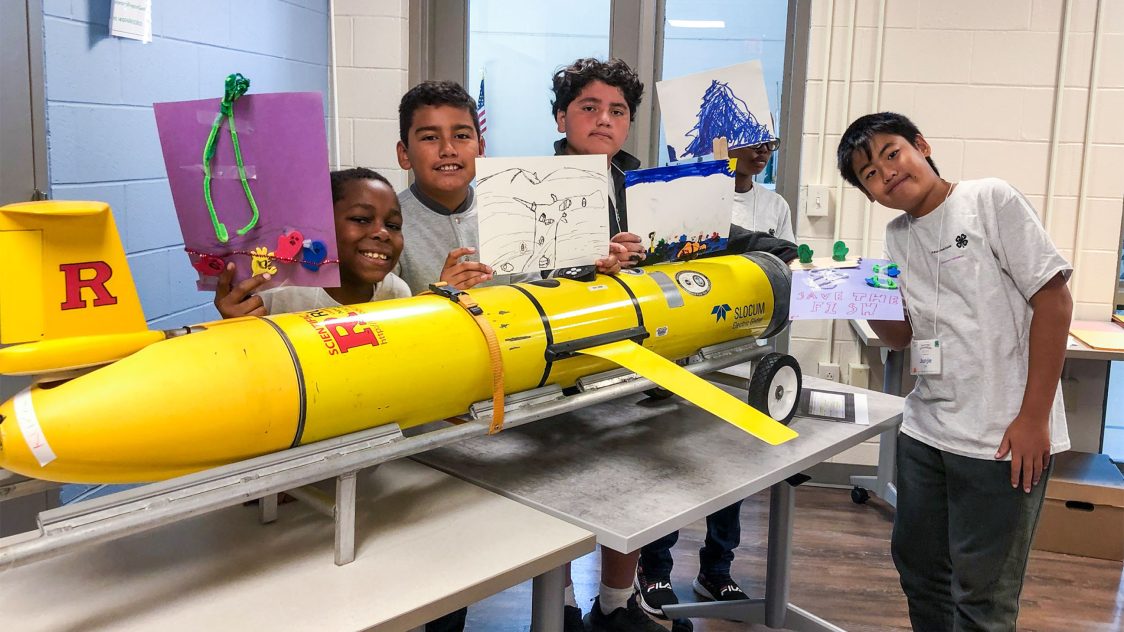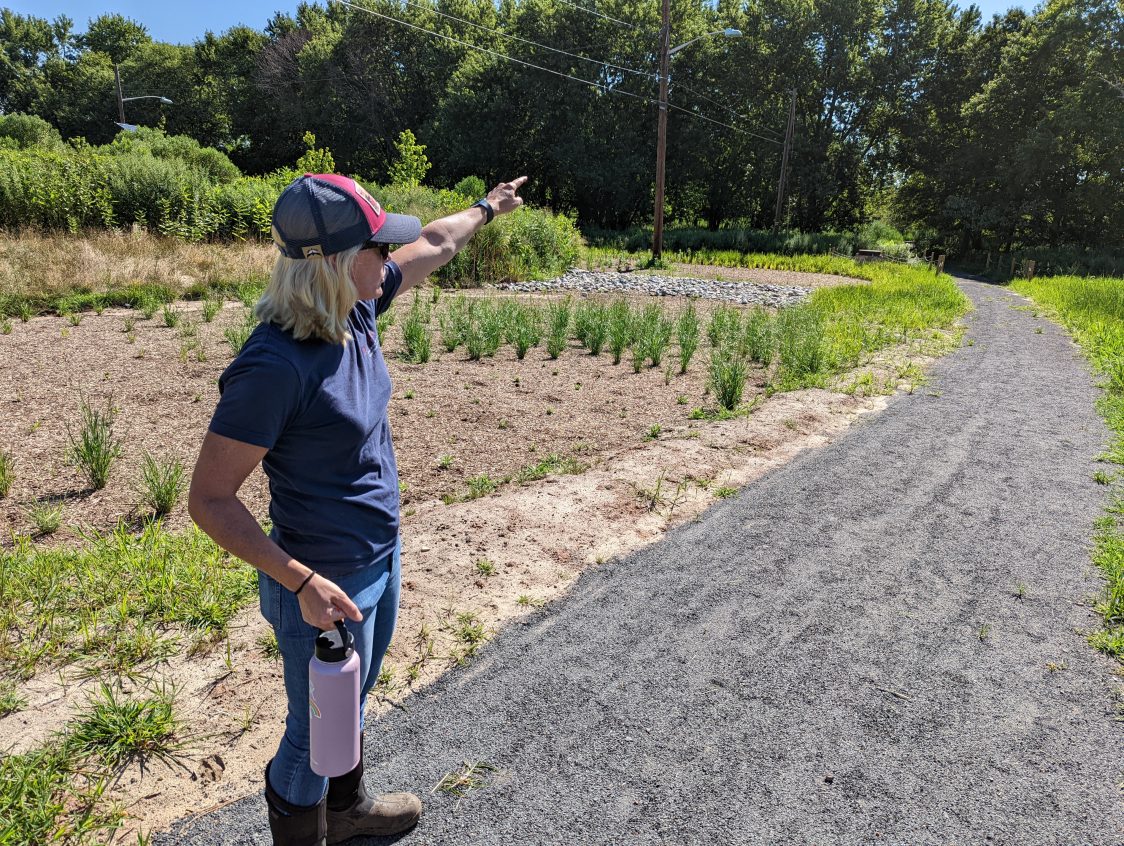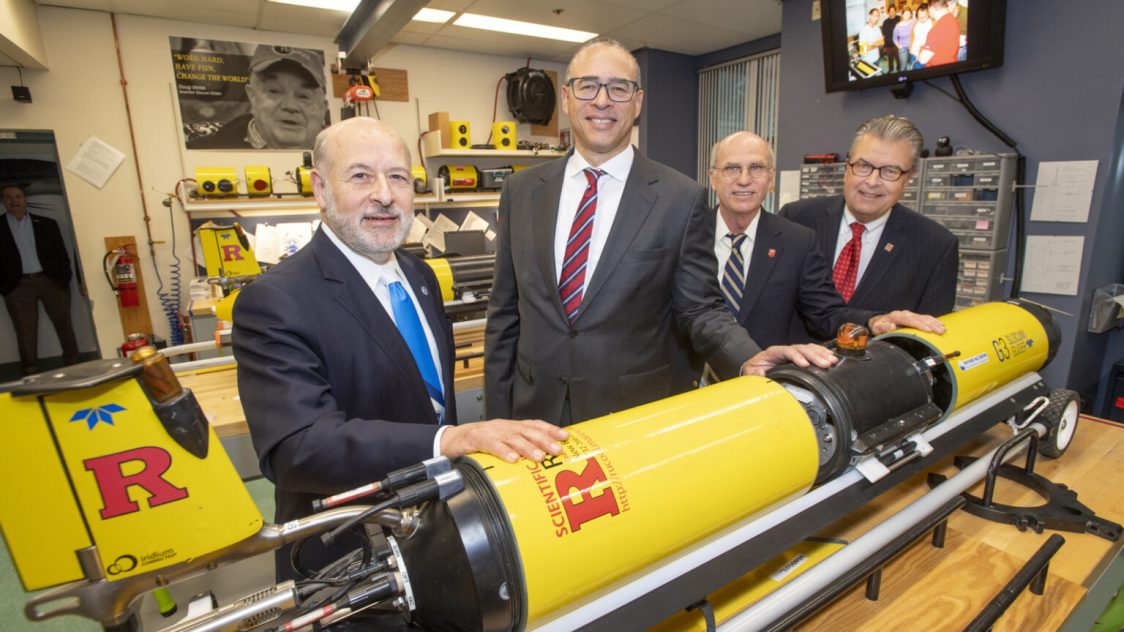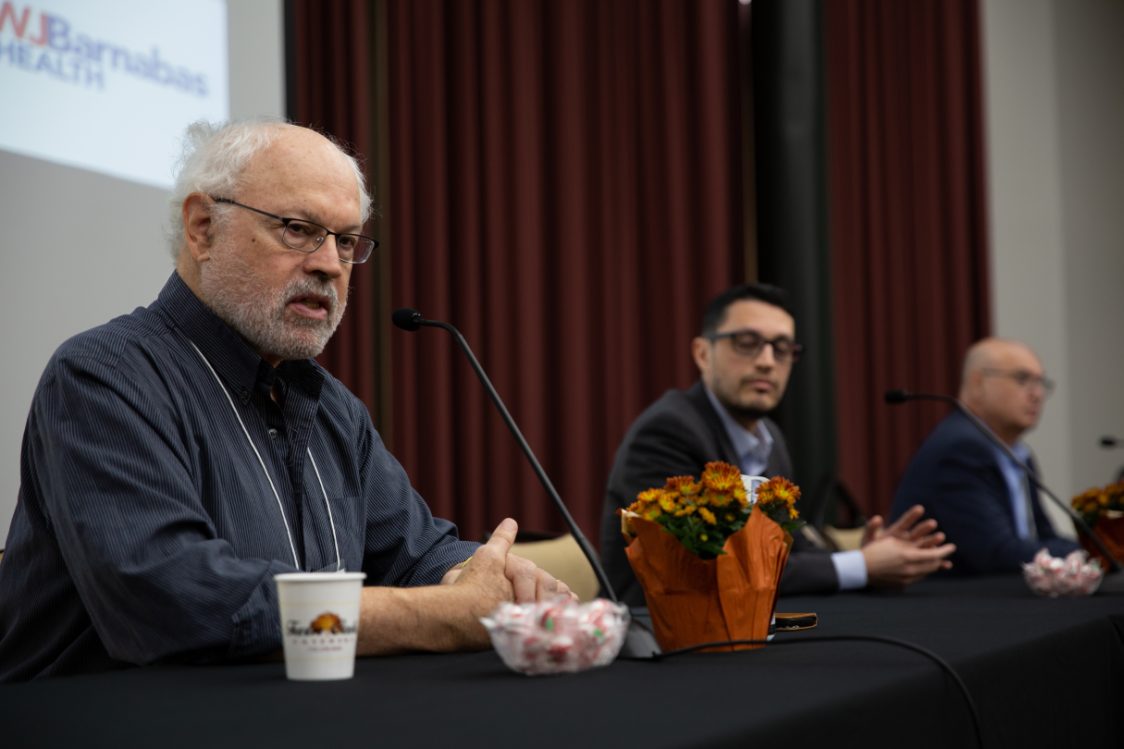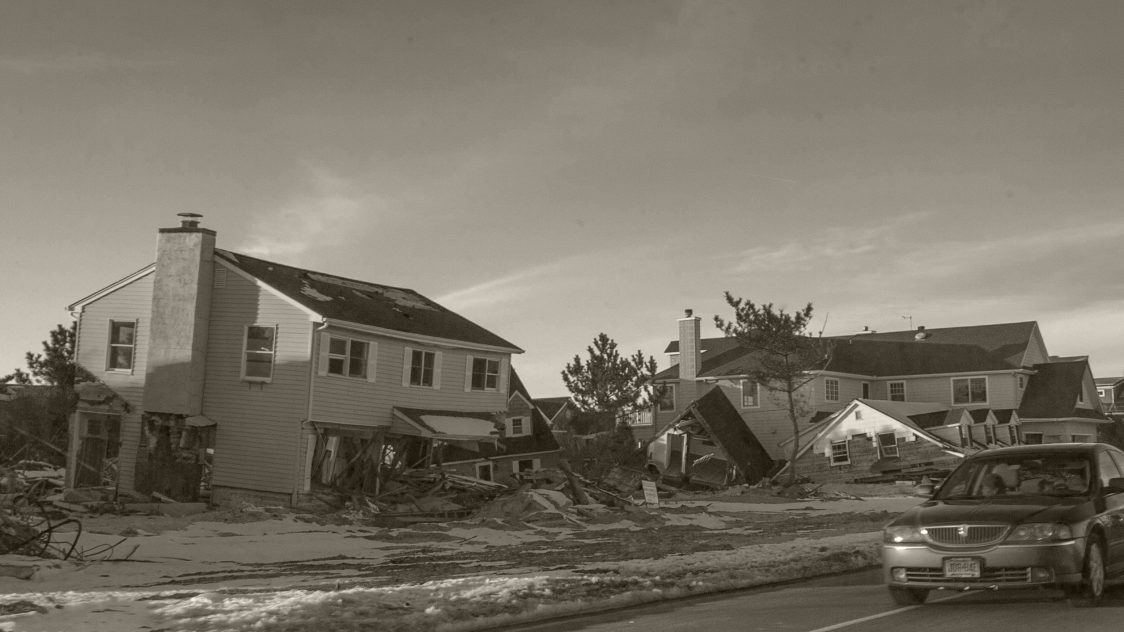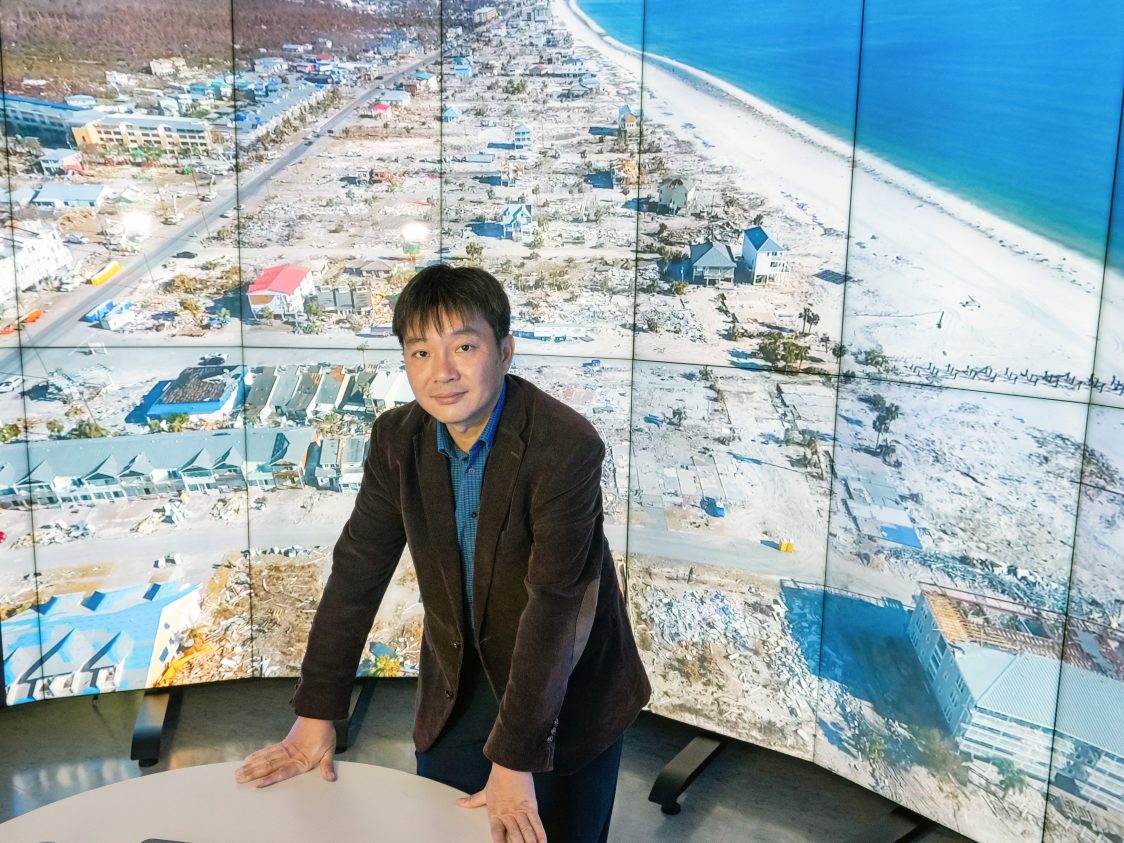By: Carol Peters, EOAS Communications The U.S. Department of Defense has awarded EOAS faculty member Malin Pinsky and collaborators from Princeton University $1.3 million in funding for the project “Climate Change, Resource Reallocation and Great Power Competition.” The funding stems from the DoD’s FY2021 Minerva Research Initiative, which awarded a combined $28.7 million in grants to 17 university-based faculty teams. Describing …
Robin Leichenko Selected as a 2023 Fellow to the American Association of Geographers
By: Carol Peters, EOAS Communications Honoring Leichenko, the AAG wrote, she “is an extremely creative, inquisitive, and giving academic and public scholar.” The American Association of Geographers has named EOAS faculty member Robin Leichenko a 2023 AAG Fellow. “The AAG Fellows,” the AAG wrote, “is a recognition and service program that applauds geographers who have made significant contributions to advancing …
Nationwide 4-H STEM Challenge Highlights Rutgers’ Pioneering Ocean Research
More than 300,000 youth nationwide are learning about Rutgers’ pioneering ocean research using underwater gliders to understand the effects of climate change as part of this year’s 4-H STEM Challenge. This is the first year Rutgers was chosen to develop the challenge in partnership with the National 4-H Council. “This is a great example of taking our work from Rutgers and …
A Different Way to Think About Flooding
A map of flood zones in New Jersey shows a state covered in blue, revealing that many residents live in areas susceptible to flooding. “You feel quite vulnerable looking at that map,” says Rutgers ecologist Brooke Maslo, “For sure.” The New Jersey Department of Environmental Protection uses federal dollars to buy out the homeowners of some of those flood-prone properties. …
RU COOL Marks 30th Anniversary at the Forefront of Climate Change Research and Ocean Discovery
Rutgers, NOAA, and glider maker mark RUCOOL milestone. For 30 years, Rutgers’ Center for Ocean Observing Leadership (RUCOOL) has taken the lead in pioneering research that has changed our understanding of the oceans and the way information is collected. National Oceanic and Atmospheric Administration (NOAA) Administrator Rick Spinrad joined Rutgers President Jonathan Holloway and marine and coastal science researchers and …
Combatting Climate Change’s Effects With AI, Nanotechnology, and More
Alan Robock, a Distinguished Professor of climate science in the Department of Environmental Sciences at Rutgers, has whittled the essentials of global warming down to 10 words: “It’s real. It’s us. It’s bad. We’re sure. There’s hope.” Those last two words — there’s hope — were the focus of a symposium that brought dozens of researchers to Rutgers last week to discuss …
On 10th Anniversary of Hurricane Sandy, New Jerseyans Believe in Climate Change, See It as a Threat, and Are Concerned About Its Effects
Support for Various Climate-Related Policies, but Not How to Pay for It As the 10-year anniversary of Hurricane Sandy approaches and more than a year out from Hurricane Ida, the vast majority of New Jerseyan believe the Earth’s climate is changing, see it as a serious threat to the state and are concerned about the effects of changing climate conditions …
Reflections on Superstorm Sandy, 10 Years Later
Combating climate change is one of our greatest challenges. Rutgers experts break down the policies, infrastructure changes, social justice reforms and other work that will be necessary to weather the storm. Robert Kopp Professor, Department of Earth and Planetary SciencesCo-Director, University Office of Climate ActionPI, Rutgers Megalopolitan Coastal Transformation Hub (MACH) Sandy caused extreme flooding across our region. In New …
Data-Visualization and Mapping Tools Help New Jersey Communities Plan for Climate Change
The expanded suite of apps will assist decision-makers to predict and prepare for future events and conditions. New Jersey residents and planners alike have a new set of decision-support tools to help prepare their communities for climate change, thanks to a suite of data-visualization and mapping tools developed at Rutgers University’s New Jersey Climate Change Resource Center. The tools are part …
Using Lasers, a Van, and Engineering Models, Rutgers Team Maps Where the Flood Water Will Go
A professor of engineering leads an effort to digitalize New Jersey communities to predict flooding and gauge storm damage risk. The forecast calls for a foot of rain. Floodwater will submerge roads and ruin structures. The question is which roads and structures. While flood maps have provided some answers, surveys are laborious and expensive, so they rarely have all the …



